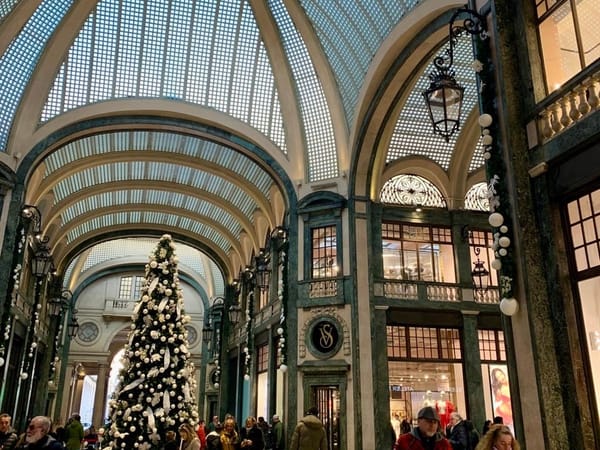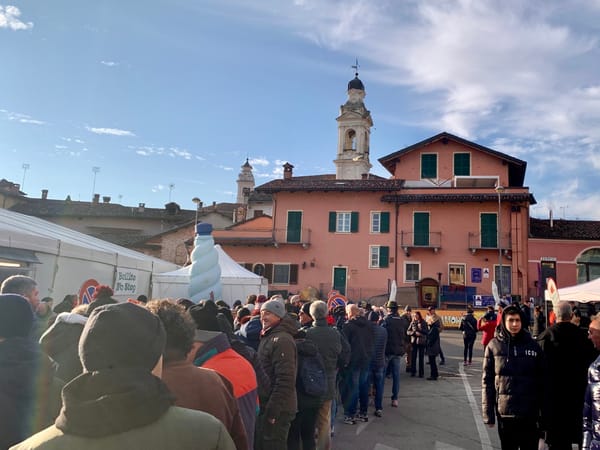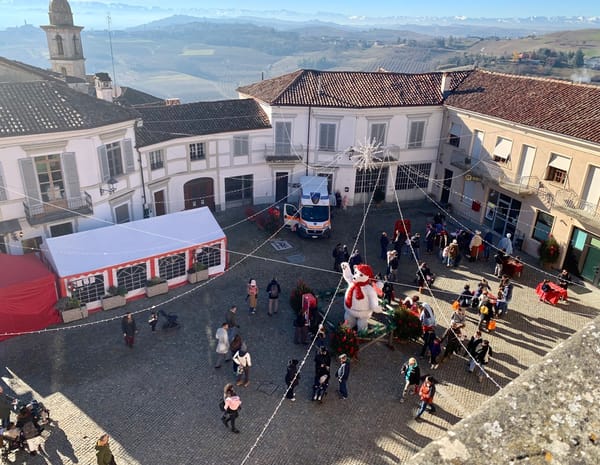Piedmont Wines: A Beginner’s Guide
Forget bouquets—all you really need to know is what wine goes with each dish.
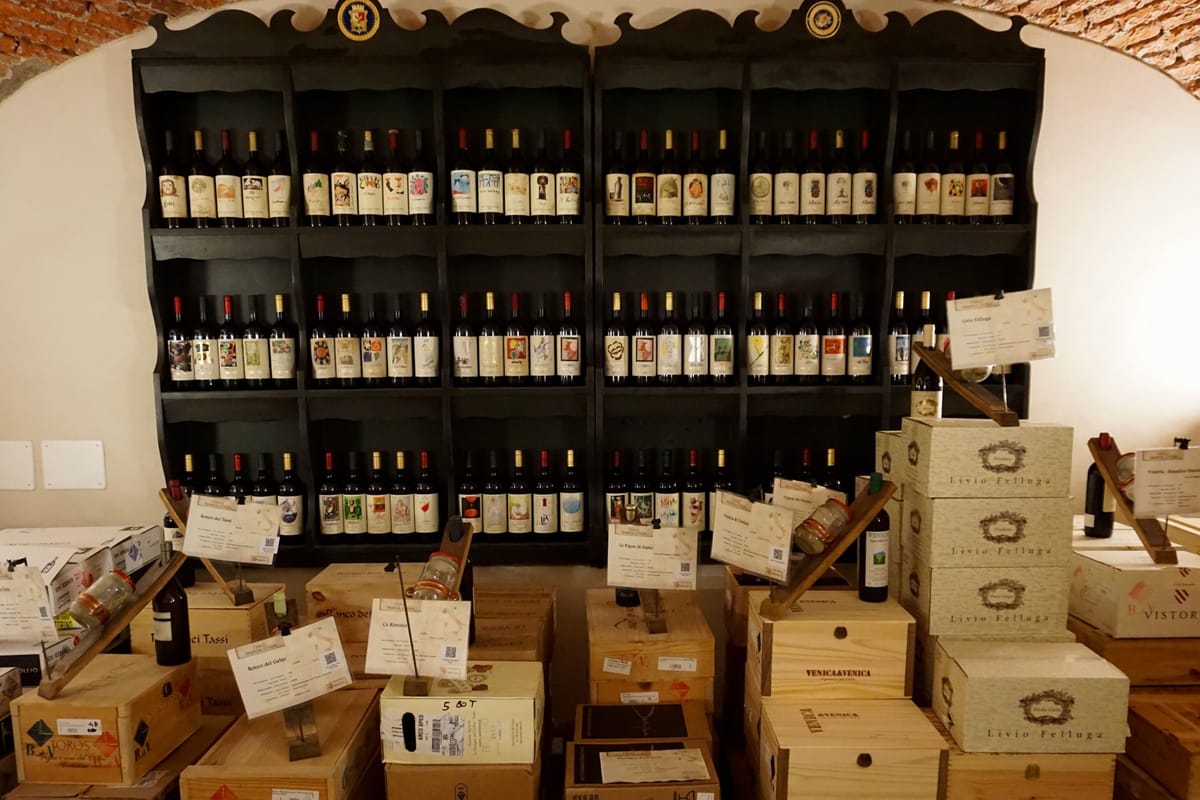
Piedmont is famous for Barolo and Barbaresco—two of Italy’s most prestigious red wines—yet together, they account for just three percent of the region’s wine production.
So while you might come here dreaming of a glass of Barolo with truffle tajarin, you’ll stay for the humbler everyday varieties you find on family dinner tables across the region.
Piedmont’s winemaking has a lot in common with Burgundy in France: a focus on single grapes, family-run wineries, and wines that taste different from one hillside to the next.
But let’s skip the wine geekery and get to what matters—what to drink, and what to eat it with.
Piedmont Wines and Wine Pairings
To help you eat and drink like a local while you’re in Piedmont, I asked Renza from La Terrazza da Renza in Castiglione Falletto (the heart of Barolo country) to share her favourite pairings.
Want to learn more about Piedmontese cuisine? Here’s a foodie’s guide to the region’s must-try dishes.
Red Wines: The Nebbiolo Family
The name Nebbiolo comes from nebbia, the Italian word for fog—though no one knows whether that’s a nod to the rolling mists over Langhe’s hills or the powdery bloom that coats the grapes as they ripen.
It’s one of Italy’s oldest grapes, mentioned as far back as the Middle Ages, and has a reputation for being fussy about where it grows. Think of Nebbiolo as the diva of the vineyard: high-maintenance, but capable of greatness.
It’s also the grape behind Barolo and Barbaresco, which Renza recommends pairing with rich, meat-heavy dishes like brasato al Barolo (wine-braised beef).
Nebbiolo is famously “terroir-expressive”, meaning the flavour changes dramatically depending on where it’s grown. That’s what makes hilltop-hopping in Barolo wine country so much fun—tasting the variations from one village to the next.
And don’t overlook Langhe Nebbiolo, the younger sibling. Made with the same grapes but aged for less time, it’s an easy-to-drink red that pairs beautifully with tajarin burro, salvia e tartufo (butter, sage, and truffle tajarin).
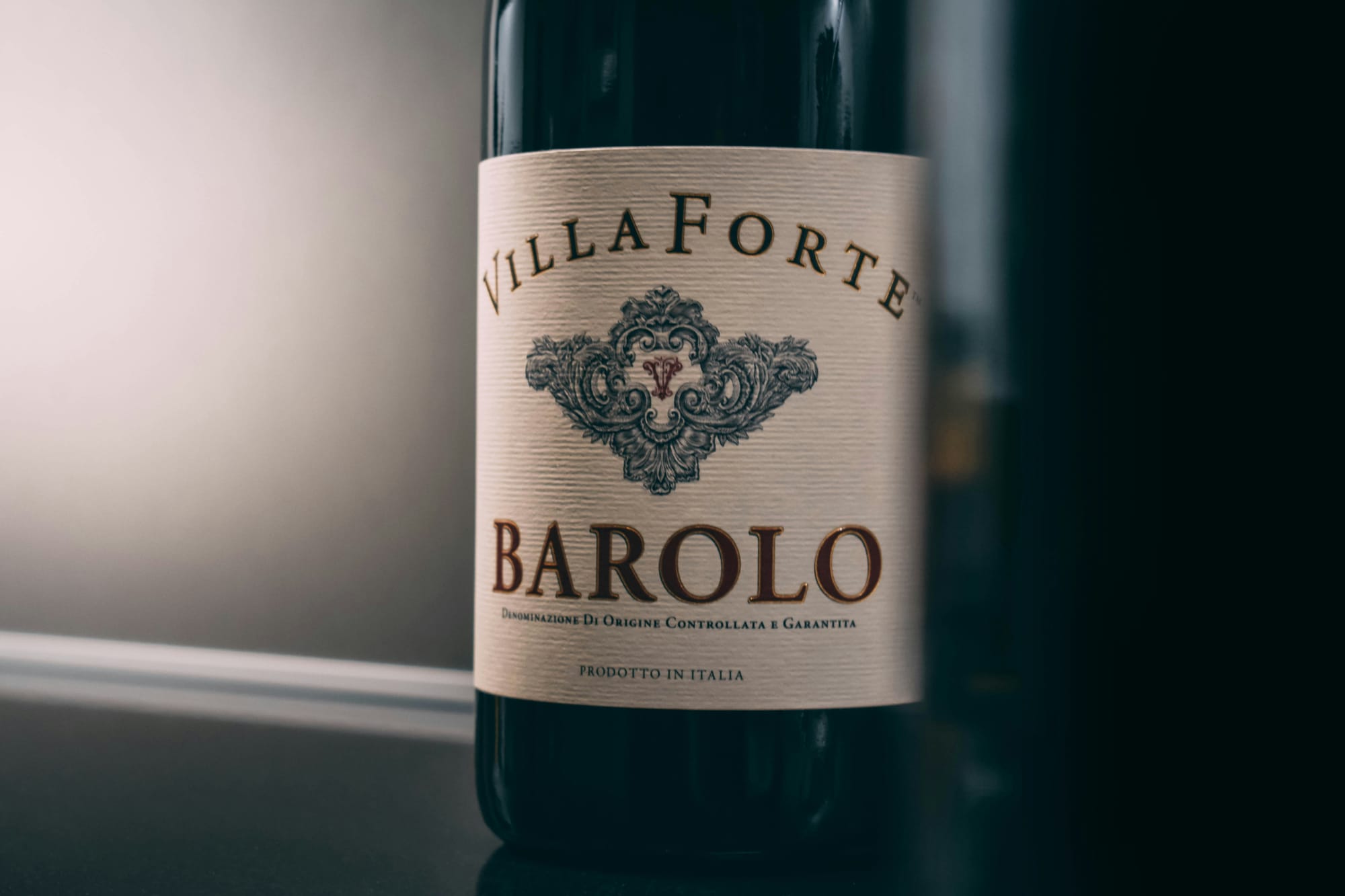
Everyday Piedmont Reds
Most families here don’t crack open Barolo for Tuesday lunch—they pour Dolcetto or Barbera. And honestly—I’m with them. These softer, fruitier wines are the bottles I end up tucking into my suitcase because they’re both easy to drink and easy on the wallet.
Despite its name (which means “little sweet one”), Dolcetto is a dry, food-friendly wine that Renza suggests pairing with vitello tonnato (veal with tuna sauce) or bagna cauda (a warm garlic-and-anchovy dip).
Barbera, meanwhile, is everywhere in Monferrato: on wine lists, at village festivals, and on my in-laws’ Sunday lunch table—alongside a plate of agnolotti al plin (tiny pasta parcels filled with meat or vegetables).
And don’t miss Grignolino, sometimes nicknamed “baby Nebbiolo.” It’s light, peppery, often compared to Beaujolais—and perfect with a plate of gnocchi with Castelmagno cheese.
Or, if you’re feeling adventurous, try Freisa. This rustic red pairs well with wild boar ragù and the region’s traditional fritto misto (mixed fried vegetables, fish, meat, and sweets).
Piedmont Whites & Dessert Wines
Of course, Piedmont isn’t only about reds. The region also produces some whites that deserve just as much attention. While many white wines are natural companions for fish or chicken, some Piedmontese whites also stand up to beef.
Take Arneis—a wine whose name means “little rascal” due to the difficulty of growing this grape, which is disease-prone and tends to have low yields.
After falling out of favour in the twentieth century, it’s recently experienced a revival, thanks to young growers who recognised its potential.
Lucky for us—it’s perfect with carne crude all’albese—Piedmont’s version of steak tartare.
Other white wines to try in Piedmont include Favorita—whose fresh, crisp flavours make it a perfect pairing for light pastas, cheeses, and aperitivo—and Gavi, which goes well with fish and seafood.
At the end of the meal, wash down your dessert of bonet (chocolate pudding with rum and amaretti) or torta di nocciole (a flourless hazelnut cake) with a glass of sweet, lightly sparkling Moscato d’Asti or Passito, a sweet wine made from dried grapes.
The Wine Regions of Piedmont
One secret to Piedmont’s wines lies in its climate. Wedged between the warm Mediterranean and the icy Alps, vineyards here swing between hot days and cool nights.
Broadly speaking, Piedmont’s vineyards cluster in two main areas:
- The southern hills—especially Langhe, Roero, and Monferrato—a UNESCO-protected landscape surrounding the medieval town of Alba. Langhe is the home of Barolo and Barbaresco; Roero’s sandier soils give us Arneis and softer Nebbiolo; Monferrato is a Barbera stronghold and the source of Moscato d’Asti.
- Alto Piemonte—north of Turin, near Lake Maggiore. Here, cooler Alpine terroir produces lighter, elegant Nebbiolos such as Gattinara and Ghemme.
Sustainable Wine Tourism in Piedmont
Wine lovers are increasingly seeking greener choices, and Piedmont is ahead of the curve.
A growing number of Piedmontese wineries are turning to sustainable, organic, biodynamic, and regenerative practices—allowing you to enjoy world-class wines while supporting the land and its traditions.
When choosing a vineyard visit or wine tour, look out for winemakers such as:
- Fontanafredda—a former royal estate that produces organic wines and is committed to regenerative practices.
- Enrico Serafino—an Alta Langa winery driving innovation in the production of biodynamic sparkling wines.
- Antonella Piatti—a certified organic, female-owned winery in Alto Piemonte specialising in Erbaluce di Caluso white wine.
Piedmont Wines: Every Glass Tells a Story
Whether you’re sipping Barolo in a hilltop village or pairing Dolcetto with Sunday lunch, Piedmont’s wines reflect the land, its traditions, and the people who make them.
Stay long enough, and you’ll soon discover your favourite.
Heading to Piedmont wine country? Here are the ten best eco-luxury hotels.
Enjoyed this post? Support Secret Piemonte and buy me a caffè ☕


